This weekend was supposed to feature a concert I was eagerly anticipating – a fantastic lineup with Pure Prairie League, Poco, and Orleans. Like many, the anticipation had me revisiting classic tunes, especially Orleans’ rendition of the captivating King Harvest song, “Dancing in the Moonlight.” This Sherman Kelly penned track has always held a special place as a 70s favorite. Interestingly, while watching Orleans videos on YouTube, I spotted a comment from Sherman Kelly himself. This sparked an idea: what if I could delve into the real story behind “Dancing in the Moonlight” directly from its creator? And that’s exactly what happened. Prepare to be surprised by the unexpected origin of this feel-good anthem, especially if you know it primarily through the Toploader Dancing In The Moonlight version.
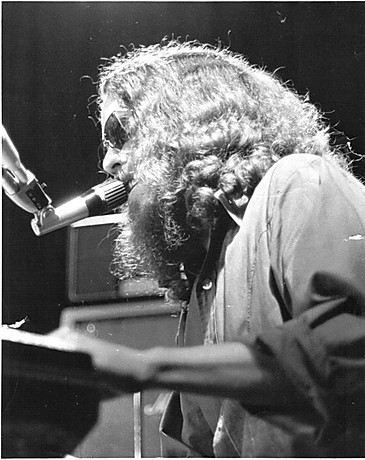
Sherman Kelly onstage in the 1970s.(Photo courtesy of Sherman Kelly)
The genesis of “Dancing in the Moonlight” is far removed from moonlit romance. In 1969, Sherman Kelly and friends managed a nightclub in St. Thomas, Virgin Islands. An impulsive decision led them to charter a yacht to St. Croix for a day trip. Unbeknownst to Kelly, he was susceptible to seasickness, and the voyage became intensely unpleasant for him and his girlfriend.
Upon reaching St. Croix, while the others went ashore for dinner, Kelly and his girlfriend, still reeling from seasickness, declined. Later, seeing their yacht’s mast swaying in the harbor, they opted for a night in town to avoid further seasickness. However, in his disoriented state, Kelly realized he’d left his wallet on the yacht, leaving them without funds for accommodation. They approached a small inn, explaining their predicament and promising payment in the morning.
“And he said, ‘Sure, you can stay here if your girlfriend will sleep with me,’” Kelly recounted in a phone interview from his New York home.
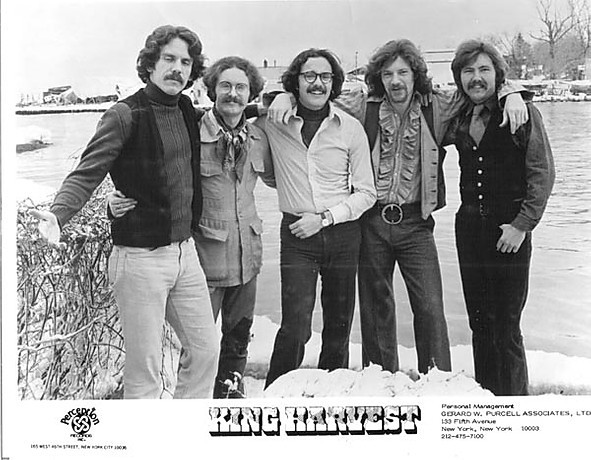
King Harvest in 1972.(Photo courtesy of Sherman Kelly)
Rejected at a second inn, Kelly’s girlfriend suggested, “It’s a beautiful night. Why don’t we just stretch out on the beach?” They did, and this is where Kelly’s clear memories cease.
What followed was a horrific ordeal pieced together from fragments of Kelly’s memory and accounts from others. As they slept on the beach, they were attacked by a violent St. Croix street gang. Kelly endured a brutal beating with baseball bats by five gang members, while his girlfriend was raped by the gang leader. However, she later reported that Kelly regained consciousness and fought back, creating enough disturbance to frighten off the attackers.
Dazed and injured, they stumbled along the shoreline lights, eventually reaching St. Croix’s only hospital. Unbeknownst to them at the time, Kelly and his girlfriend were likely among the first victims of the notorious Fountain Valley Gang, who in 1972 perpetrated a mass murder of tourists, devastating St. Croix’s tourism industry for years.
“I woke up to the sound of my hospital roommate screaming in pain. Finally the screaming stopped and I heard two doctors talking about him. ‘That’s it, he’s gone,’ said one doctor about the other patient. ‘What about him, you think he’s gonna make it?’ And the other doctor said, ‘No, I doubt it.” I realized they were talking about me,” Kelly recalled.
Against the odds, Kelly survived. After days in the St. Croix hospital, he returned to St. Thomas and then to New York, where surgeons at New York Hospital addressed his severe facial injuries. Back home in Ithaca, New York, still suffering from pain and headaches, Kelly was unable to perform but found solace in songwriting.
It was during this painful recovery that the seeds of “Dancing in the Moonlight” were sown. “I envisioned an alternate reality, the dream of a peaceful and joyous celebration of life. It was just me imagining a better world than the one I had just experienced in St. Croix,” Kelly explained.
An experience of unimaginable trauma became the catalyst for a song of joy and escapism. “It was amazing. People liked the song right from the start. I liked it, but I wouldn’t have predicted that it would become a big hit,” said Kelly.
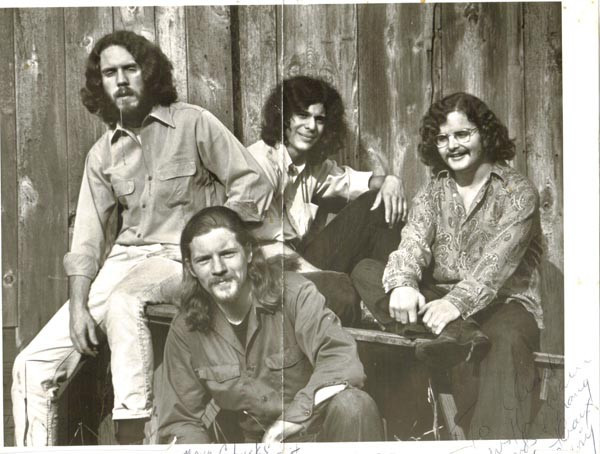
Boffalongo, circa 1970.(Photo courtesy of Sherman Kelly)
King Harvest wasn’t the first to record “Dancing in the Moonlight.” In 1970, Kelly joined Boffalongo with his brother Wells Kelly, Larry Hoppen, Dave “Doc” Robinson, and Peter Giansante. “Dancing in the Moonlight” appeared on Boffalongo’s 1970 album “Beyond Your Head,” featuring Sherman Kelly on vocals and Larry Hoppen on guitar.
Kelly is self-critical of his vocal performance on this version, attributing it to misguided studio decisions. “The first time I was in a recording studio for that version, we had these producers who thought it was a good idea to give me cocaine. That was probably the worst idea,” Kelly stated. Despite this, Boffalongo’s version gained regional popularity. Another 1970 recording by High Broom on Island Records didn’t chart.
When Boffalongo disbanded, Wells Kelly joined King Harvest, a band featuring Doc Robinson, also from Boffalongo. Wells introduced “Dancing in the Moonlight” to King Harvest. Their version, with Robinson on lead vocals, became a hit in 1972, reaching the Top 20 on Billboard.
As the song soared, King Harvest invited Sherman Kelly to tour with them in the summer of 1972. In live performances, Robinson sang lead, with Sherman Kelly adding harmonies. “Doc had a pretty good voice, better than mine,” Kelly admitted. He humorously recalled a critic’s comment: “As a singer, Sherman Kelly is not too bad of a songwriter.”
However, the touring life wasn’t for Kelly. His stint with King Harvest was brief. “Imagine yourself in your twenties and you’ve written a hit song, you have some chart action and you’re traveling around. It was fun for a while,” he said. “But life on the road is ridiculous. I didn’t really care for it after awhile.”
Wells Kelly later joined forces with John Hall and Larry Hoppen to form Orleans, who also recorded “Dancing in the Moonlight.” Orleans, still active with John Hall and Larry Hoppen’s brothers, Lance and Lane Hoppen, continues to perform “Dancing in the Moonlight.” Larry Hoppen passed away in 2012.
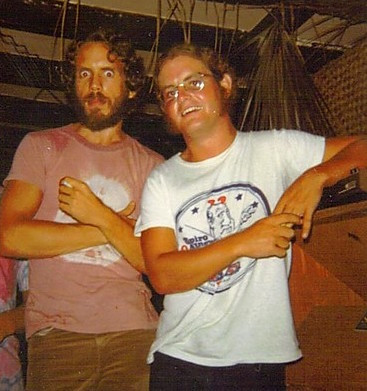
Sherman Kelly, left, and Larry Hoppen, who would go on to form the band Orleans.(Photo courtesy of Sherman Kelly)
Sherman Kelly, a Cornell University graduate with degrees from prestigious European institutions, initially pursued academia before his music career. Following the tragic death of his brother Wells in 1984, Sherman stepped away from music, finding solace in psychotherapy, earning a master’s degree and working as a psychotherapist for many years until retirement. In 2008, he released “Burnin’ the Candle,” featuring collaborations with his late brother.
Then, in 2000, a new generation discovered “Dancing in the Moonlight” through Toploader. Their upbeat cover became a massive global hit, introducing the song to a new audience. This Toploader dancing in the moonlight rendition propelled the song back into the spotlight, featuring in films, TV shows, and video games like “Guardians of the Galaxy.” While many might know the song through Toploader’s energetic pop-rock style, the poignant origin story remains with Sherman Kelly. From its dark beginnings on a St. Croix beach to its transformation into a beloved anthem, “Dancing in the Moonlight,” especially via the Toploader version, continues to resonate, proving that light can indeed emerge from the darkest of nights.
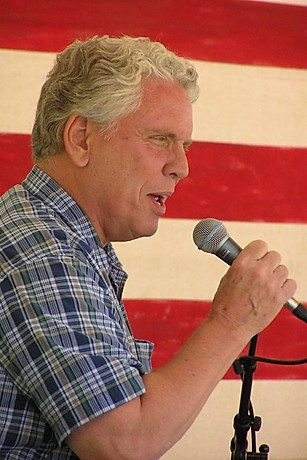
Sherman Kelly today.(Photo courtesy of Sherman Kelly)
